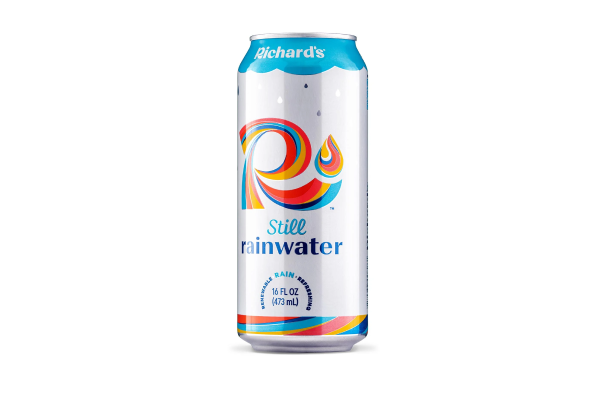
Richard’s Still Rain Water (can)
Please Note
All results & information have not been verified. All data is provided by the applicable company and may be estimated based on scientific data. Ratings and scoring are subject to drastically change based on new data / research.
Contaminants Found (7)
Aluminum
A naturally occurring metal found in water due to leaching from soil and industrial waste.
May contribute to neurological disorders and affect individuals with impaired kidney function. High levels can cause gastrointestinal issues
Barium
A naturally occurring element often derived from industrial discharges and natural deposits.
Can lead to increased blood pressure, heart and nervous system problems, and long- term exposure may cause kidney damage.
Bromate
A disinfection byproduct formed when ozone used in water treatment reacts with bromide.
Associated with an increased risk of cancer, and can cause kidney damage when ingested in high levels over long periods.
Chromium
A metal found in water from industrial waste, especially from metal plating and textile production.
Can cause skin irritation and damage to the liver and kidneys. Long-term exposure is linked to lung and nasal cancer.
Fluoride
A naturally occurring mineral added to water to prevent tooth decay.
High levels can cause fluorosis (staining of teeth) and, in extreme cases, bone weakness and thyroid issues.
Nitrate
Commonly found in water due to agricultural runoff, sewage, and industrial waste.
Can cause methemoglobinemia, or "blue baby syndrome," in infants and may increase the risk of cancer and thyroid problems with prolonged exposure.
Sulfate
A naturally occurring mineral found in water from soil leaching, rocks, and industrial processes.
High sulfate levels can cause gastrointestinal discomfort, including diarrhea, especially in infants and sensitive populations.
Water Sourcing and Treatment
Sourced from the purest point in nature's water cycle and cleaner than the strictest water standards
Other Ingredients Found (2)
Chloride
Total: 7 mg/LA naturally occurring ion found in salts, sometimes entering water from road salt, sewage, or industrial processes.
Zinc
Total: 0.039 mg/LA chemical used in PVC production.
